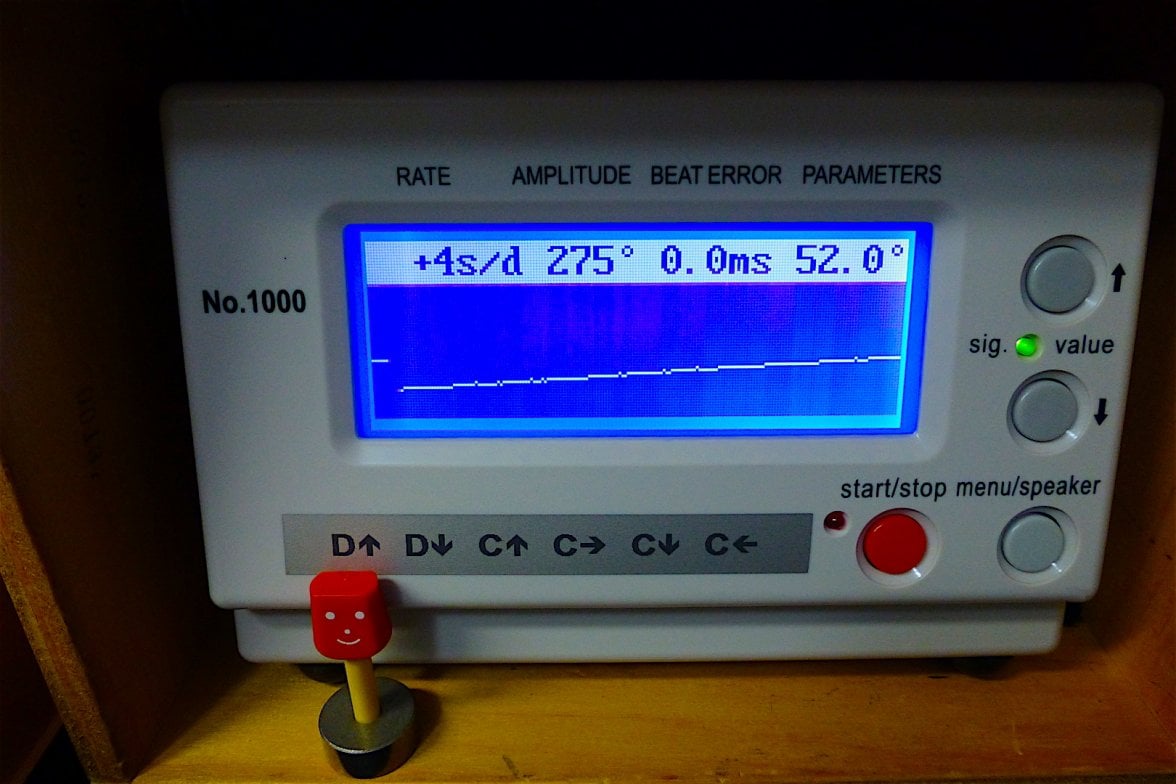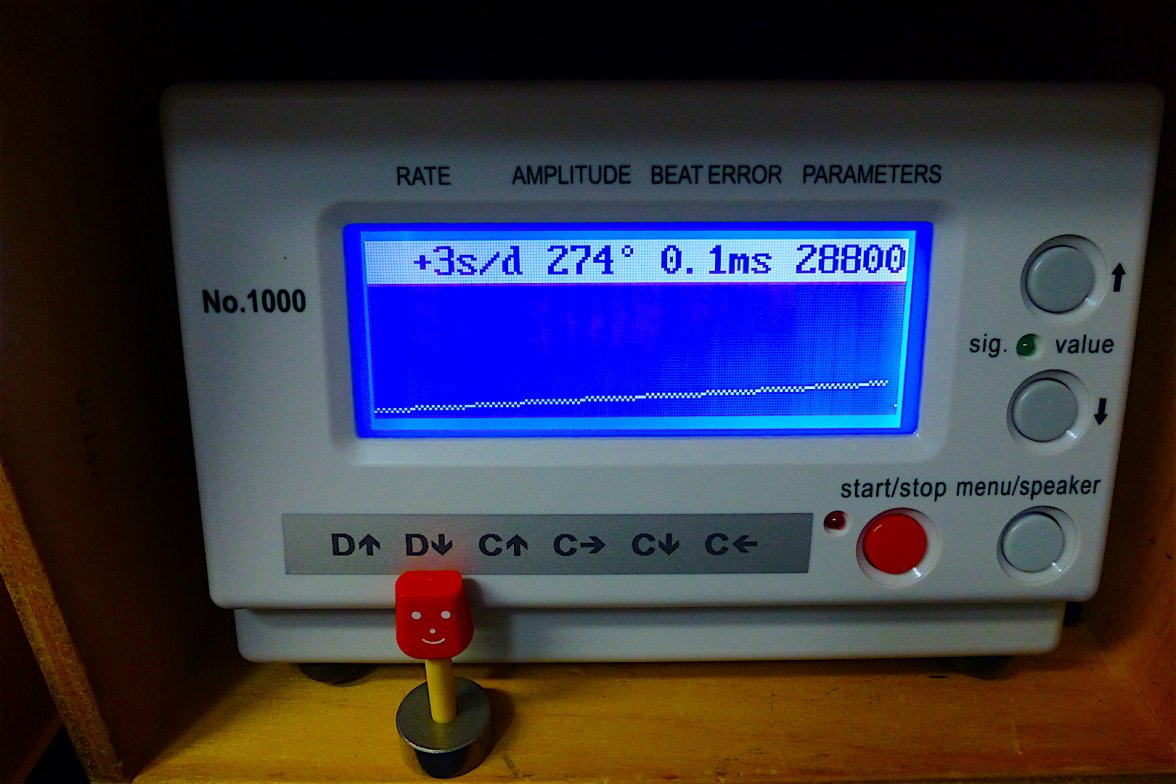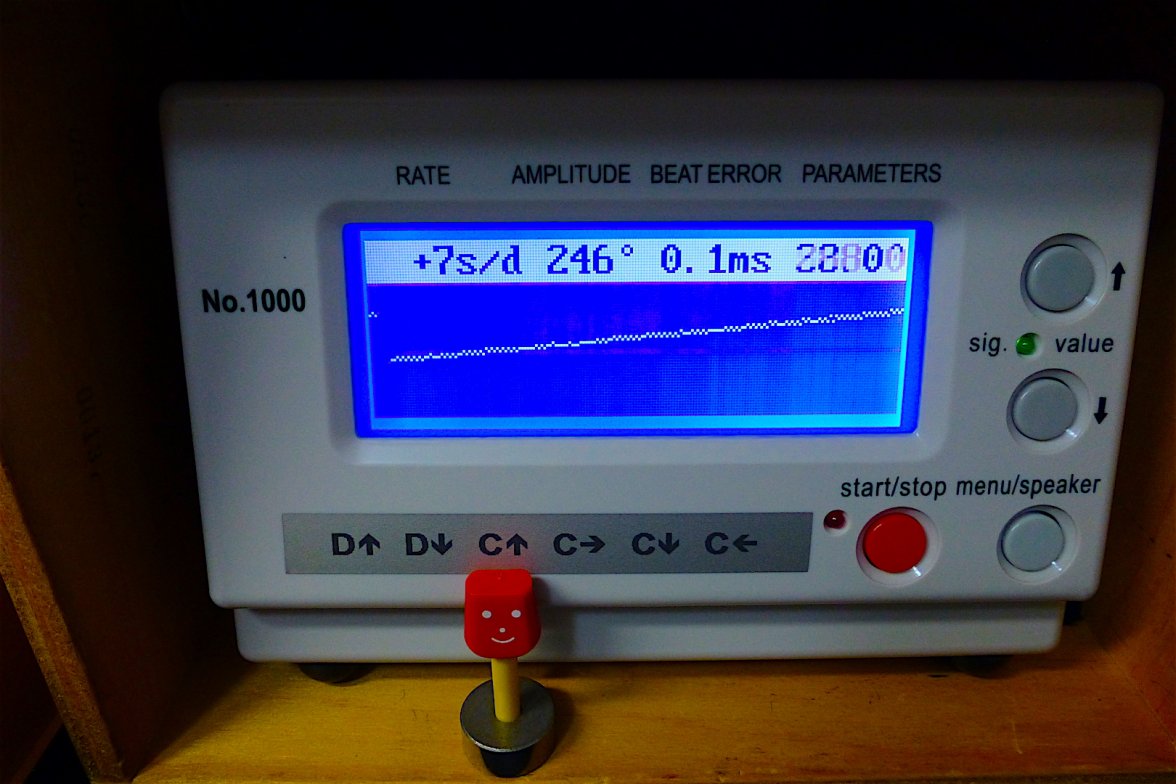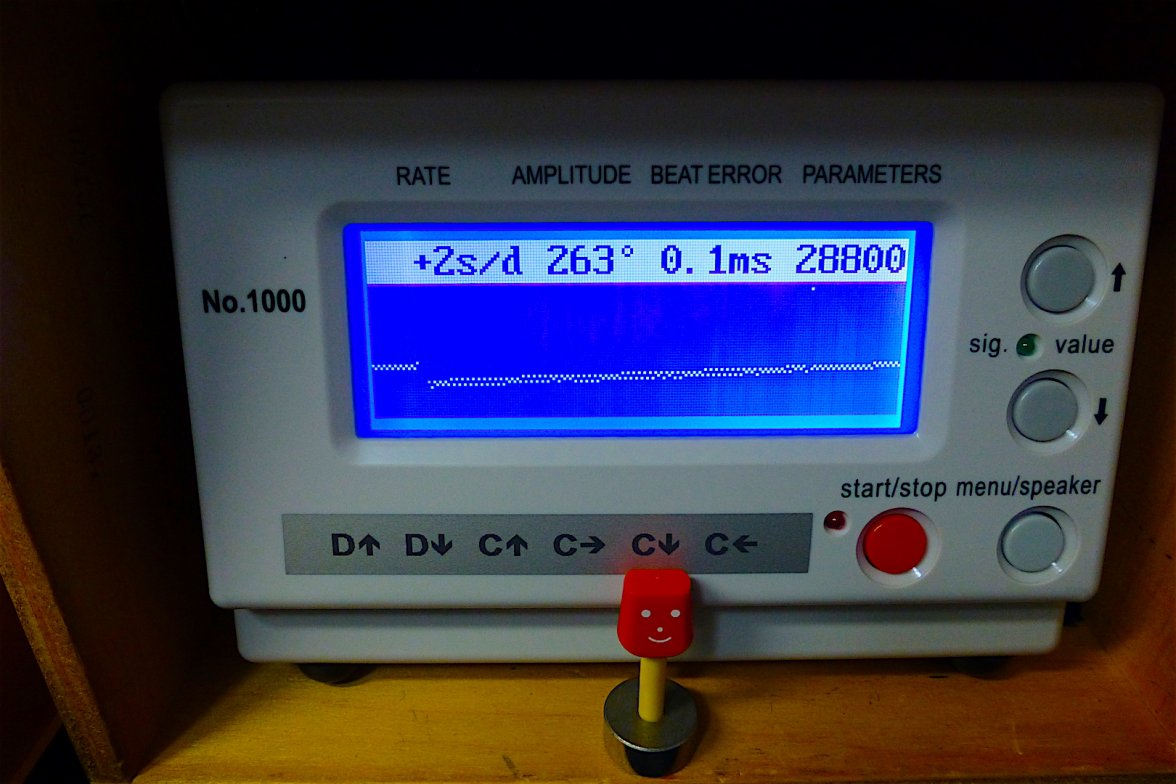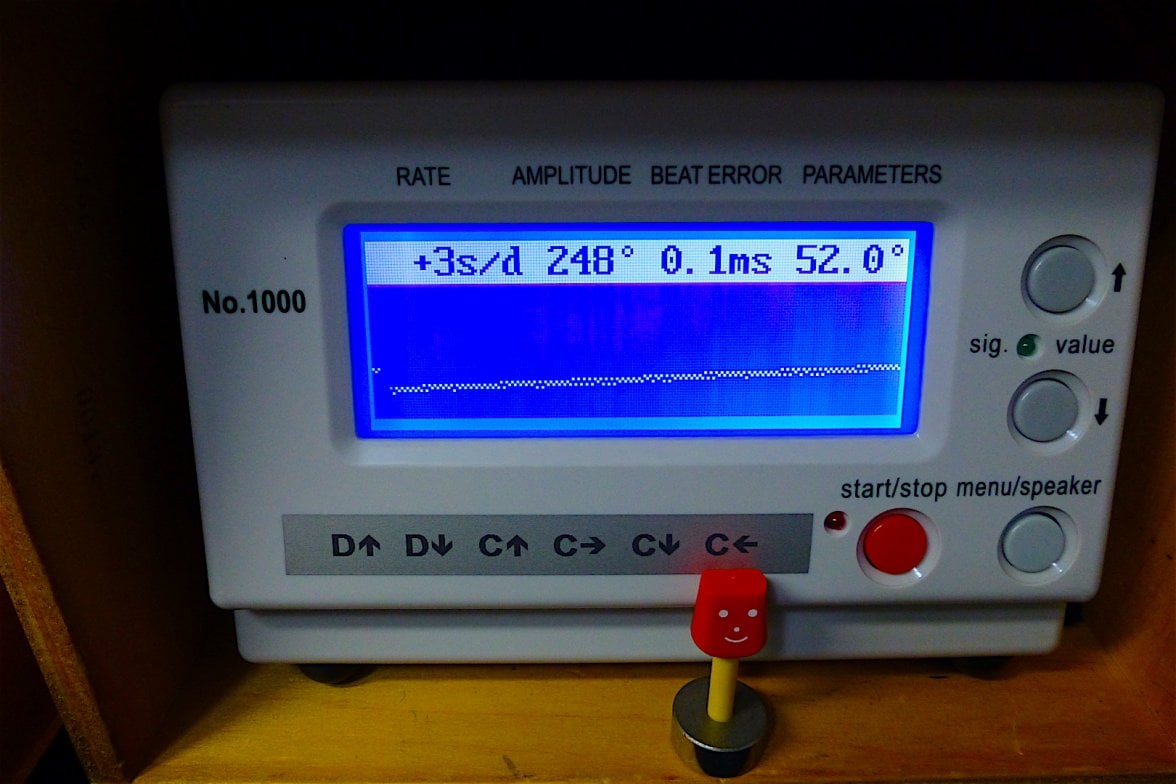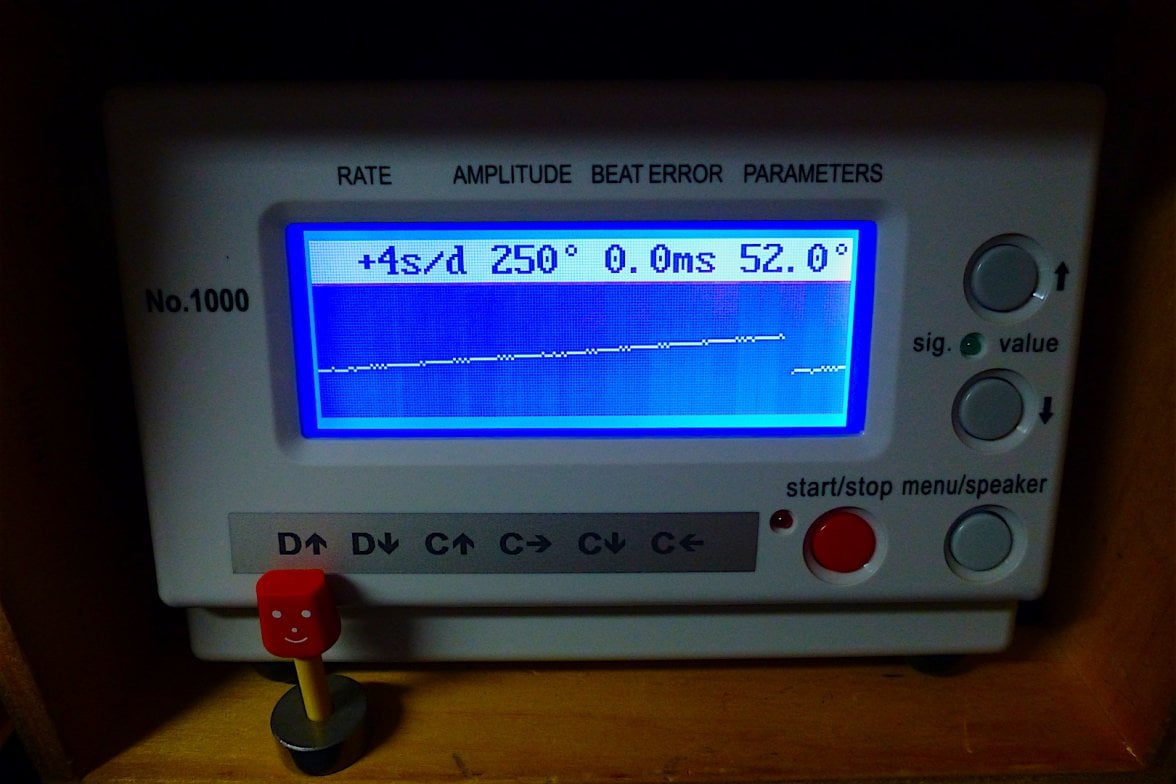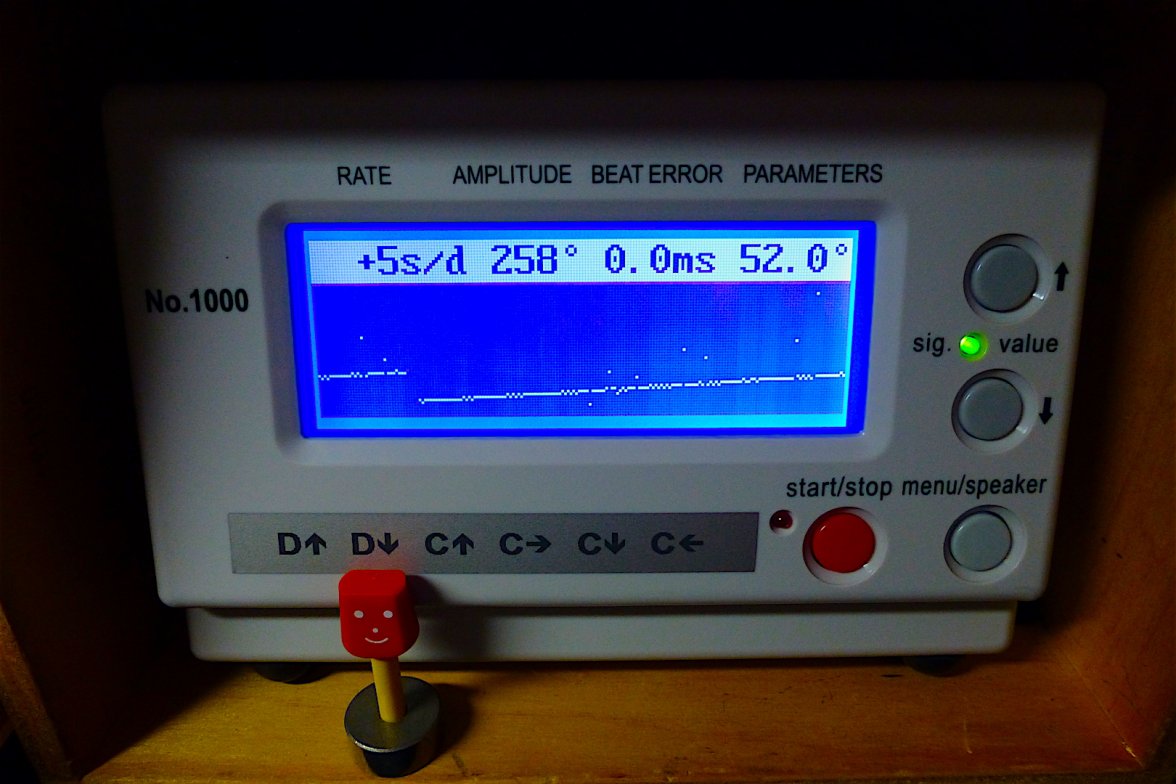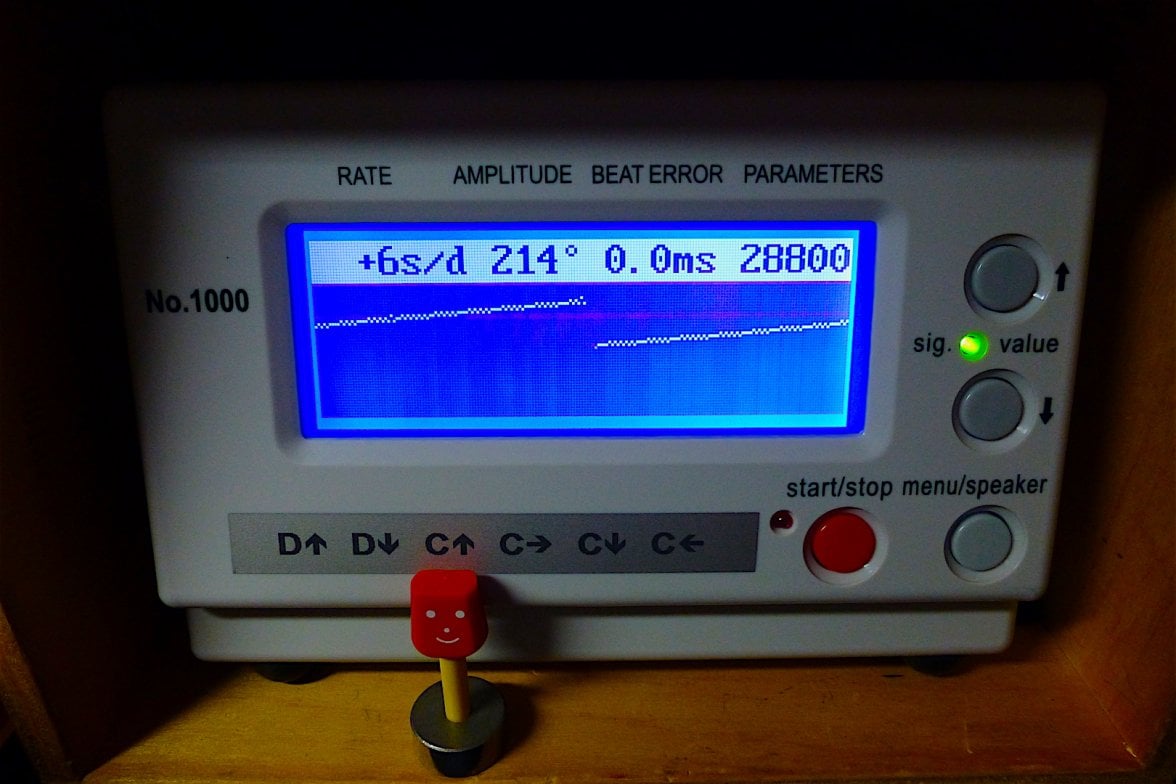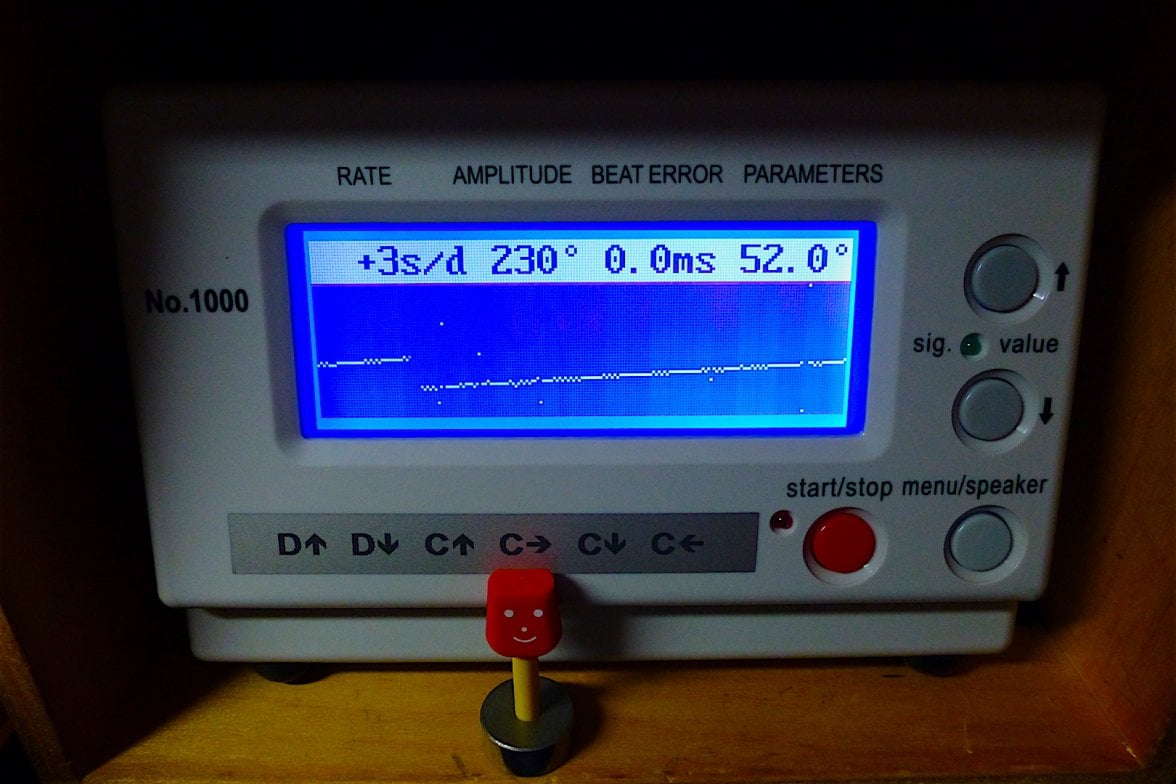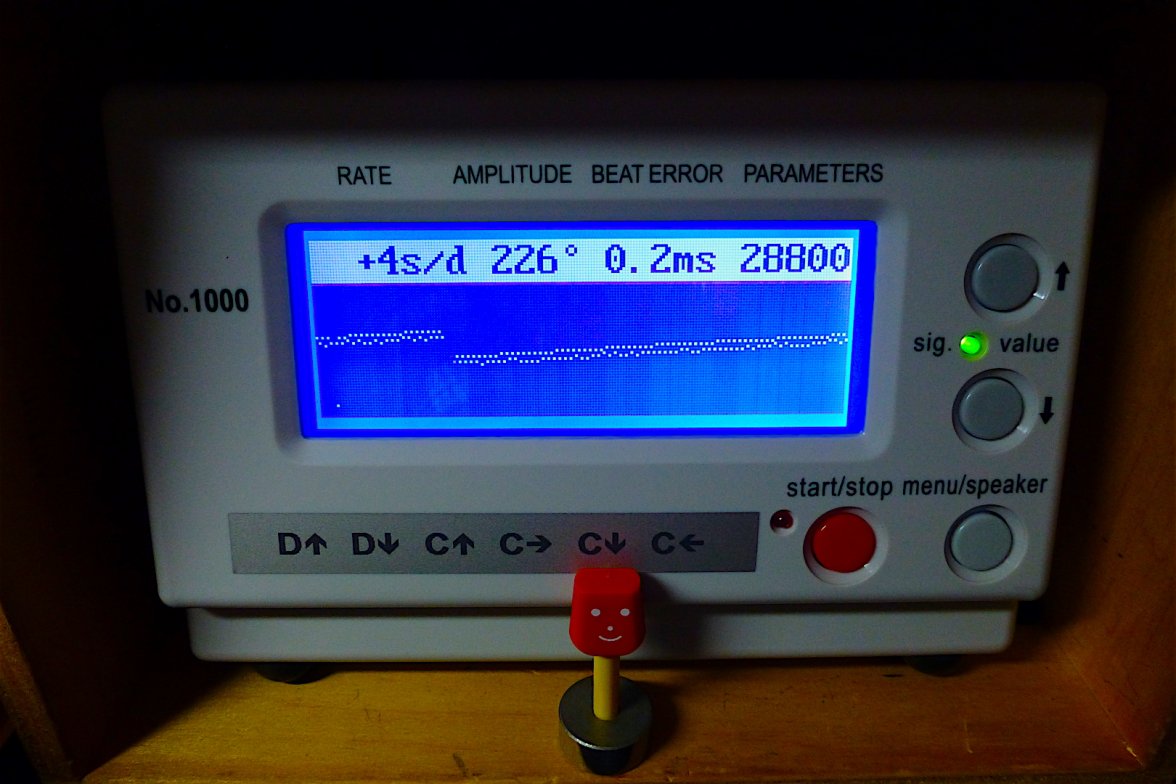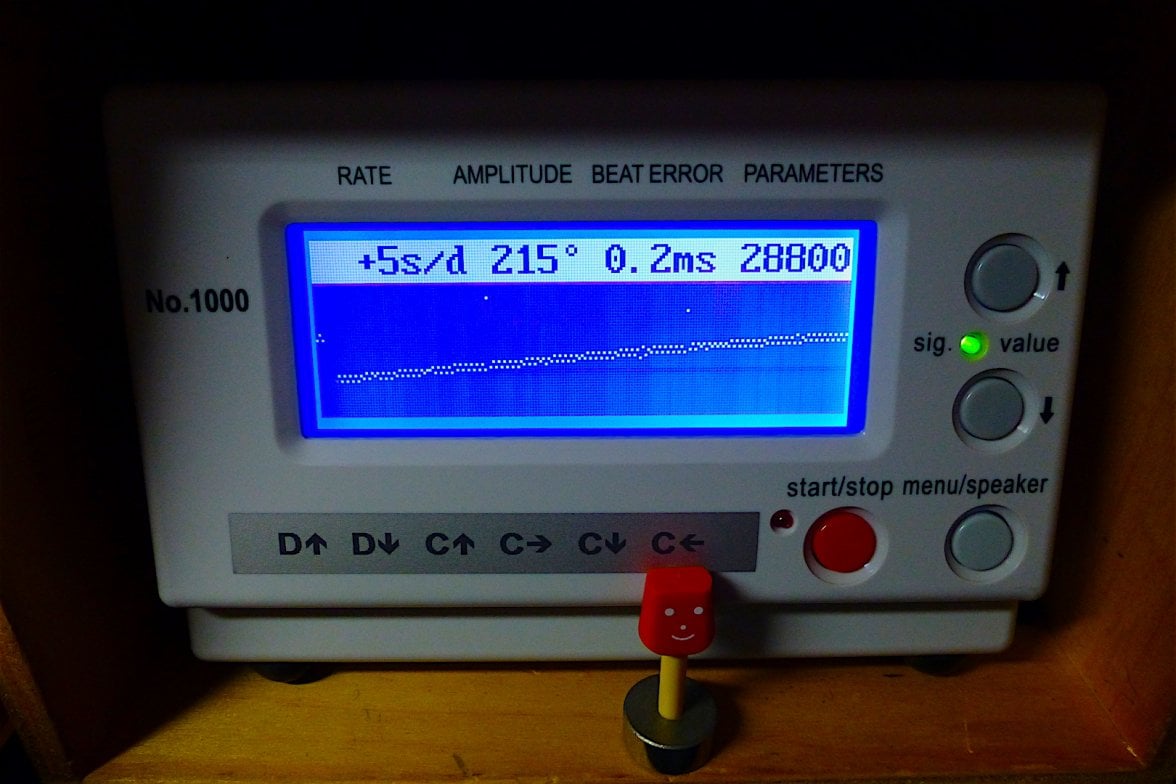JimInOz
··Melbourne AustraliaI have just finished a rectification on a Rolex fitted with a 3135 movement which has a free sprung balance.
On previous watches I've worked on, the adjustment of beat error was either done by rotation of the collet on the balance staff (Omega 161 etc.) or adjusting the length of the hairspring (Seiko 7S26 ec.).
On looking at the 3135 it was obvious that the length of the hairspring was set at the factory, so, in effect, the beat rate was fixed.
Correct or not?
The rate, or how fast the oscillator spins, is controlled by two weights that must be adjusted out to slow rate, or screwed in to increase rate. I simplistically see this as the "ballerina principle".
Now on to my questions.
Just for interest (I had no intention of "servicing" the movement) I put the watch on my timegrapher at full wind and checked readings at Full Wind. I then waited 24 hours and then did the same checks and took snapshots of the readings as time passed.
I noticed that the watch is running at a consistent gain (although very minor) where I would have expected one or more of the positions to lose time which would allow for "user regulating".
I've attached screenshots for six positions at full wind and the same at 24 hours later and would welcome comments from @Archer, @ChrisN, @Canuck, @François Pépin et al.
What do you interpret from these readings?
(Purely for the sake of my continuing education).
At Full Wind:
And the readings after 24 hours.
On previous watches I've worked on, the adjustment of beat error was either done by rotation of the collet on the balance staff (Omega 161 etc.) or adjusting the length of the hairspring (Seiko 7S26 ec.).
On looking at the 3135 it was obvious that the length of the hairspring was set at the factory, so, in effect, the beat rate was fixed.
Correct or not?
The rate, or how fast the oscillator spins, is controlled by two weights that must be adjusted out to slow rate, or screwed in to increase rate. I simplistically see this as the "ballerina principle".
Now on to my questions.
Just for interest (I had no intention of "servicing" the movement) I put the watch on my timegrapher at full wind and checked readings at Full Wind. I then waited 24 hours and then did the same checks and took snapshots of the readings as time passed.
I noticed that the watch is running at a consistent gain (although very minor) where I would have expected one or more of the positions to lose time which would allow for "user regulating".
I've attached screenshots for six positions at full wind and the same at 24 hours later and would welcome comments from @Archer, @ChrisN, @Canuck, @François Pépin et al.
What do you interpret from these readings?
(Purely for the sake of my continuing education).
At Full Wind:
And the readings after 24 hours.
